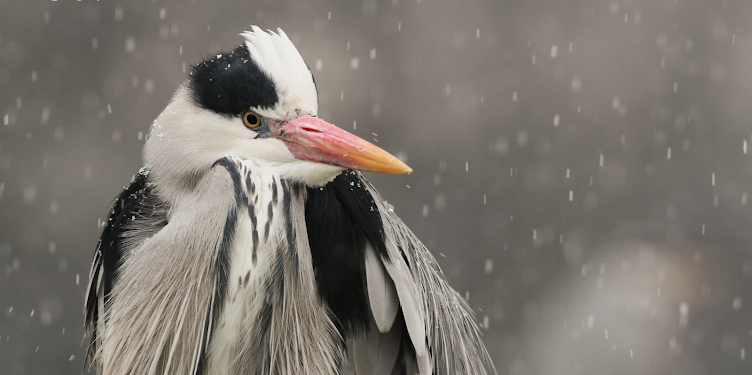My patch is a fairly large area of gorse, heather and grassland situated on the disused part of an airfield in Hampshire. It also backs on to a large car park where a market is held each Sunday, often enticing hundreds of gulls.
I have been trying to get up to my patch a lot recently and it has definitely paid off as the first of the summer migrants start to arrive and make the vegetation come alive with bird song! The highlights so far are undoubtedly my first ever Nightingale which sang for over 4 minutes, a Cuckoo which I have seen and heard on a number of different visits and last but by no means least, a pair of Wheatear feeding on edges of the active runway on their migration.
Here is a list of the species I have recorded so far this year (in taxonomic order) and some photos taken on my patch:
- Mallard (Anas platyrhynchos)
- Tufted Duck (Aythya fuligula)
- Pheasant (Phasianus colchicus)
- Cormorant (Phalacrocorax carbo)
- Grey Heron (Ardea cinerea)
- Red Kite (Milvus milvus)
- Sparrowhawk (Accipiter nisus)
- Buzzard (Buteo buteo)
- Moorhen (Gallinula chloropus)
- Woodcock (Scolopax rusticola)
- Black-headed Gull (Chroicocephalus ridibundus)
- Herring Gull (Larus argentatus)
- Great black-backed Gull (Larus marinus)
- Woodpigeon (Columba palumbus)
- Collared Dove (Streptopelia decaocto)
- Cuckoo (Cuculus canorus)
- Green Woodpecker (Picus viridis)
- Great Spotted Woodpecker (Dendrocopos major)
- Kestrel (Falco tinnunculus)
- Peregrine (Falco peregrinus)
- Magpie (Pica pica)
- Jay (Garrulus glandarius)
- Jackdaw (Corvus monedula)
- Rook (Corvus frugilegus)
- Carrion Crow (Corvus corone)
- Goldcrest (Regulus regulus)
- Blue Tit (Cyanistes caeruleus)
- Great Tit (Parus major)
- Coal Tit (Periparus ater)
- Woodlark (Lullula arborea)
- Skylark (Alauda arvensis)
- Swallow (Hirundo rustica)
- Long-tailed Tit (Aegithalos caudatus)
- Chiffchaff (Phylloscopus collybita)
- Willow Warbler (Phylloscopus trochilus)
- Blackcap (Sylvia atricapilla)
- Garden Warbler (Sylvia borin)
- Whitethroat (Sylvia communis)
- Dartford Warbler (Sylvia undata)
- Nuthatch (Sitta europaea)
- Wren (Troglodytes troglodytes)
- Starling (Sturnus vulgaris)
- Blackbird (Turdus merula)
- Fieldfare (Turdus pilaris)
- Song Thrush (Turdus philomelos)
- Redwing (Turdus iliacus)
- Robin (Erithacus rubecula)
- Nightingale (Luscinia megarhynchos)
- Stonechat (Saxicola rubicola)
- Wheatear (Oenanthe oenanthe)
- Dunnock (Prunella modularis)
- House Sparrow (Passer domesticus)
- Pied Wagtail (Motacilla alba)
- Chaffinch (Fringilla coelebs)
- Bullfinch (Pyrrhula pyrrhula)
- Greenfinch (Chloris chloris)
- Linnet (Linaria cannabina)
- Lesser Redpoll (Acanthis cabaret)
- Mealy Redpoll (Acanthis flammea)
- Goldfinch (Carduelis carduelis)
- Siskin (Spinus spinus)
 |
| Dartford Warbler (Sylvia undata) © Josie Hewitt |
 |
| Siskin (Spinus spinus) © Josie Hewitt |
 |
| Mealy Redpoll (Acanthis flammea) © Josie Hewitt |
For those of you who have not heard of it, the Patchwork Challenge is a friendly competition for residents of the UK to see how many species of birds they can find and see on their patch throughout the year.


